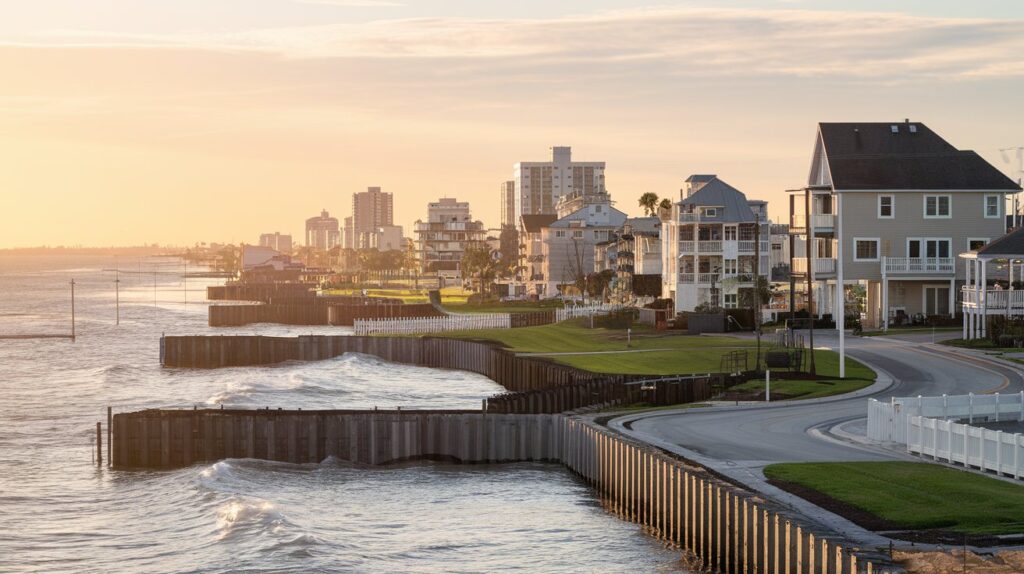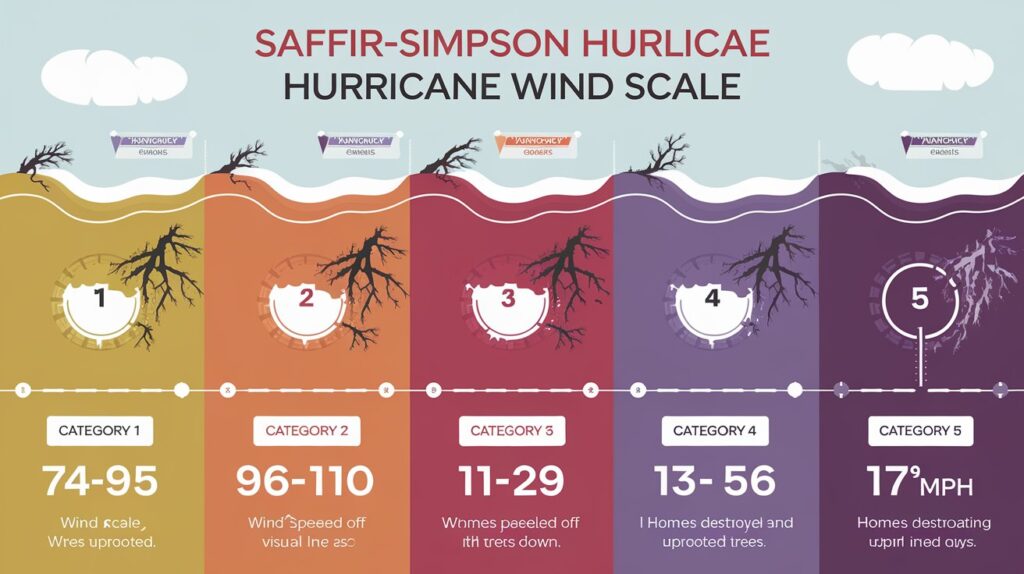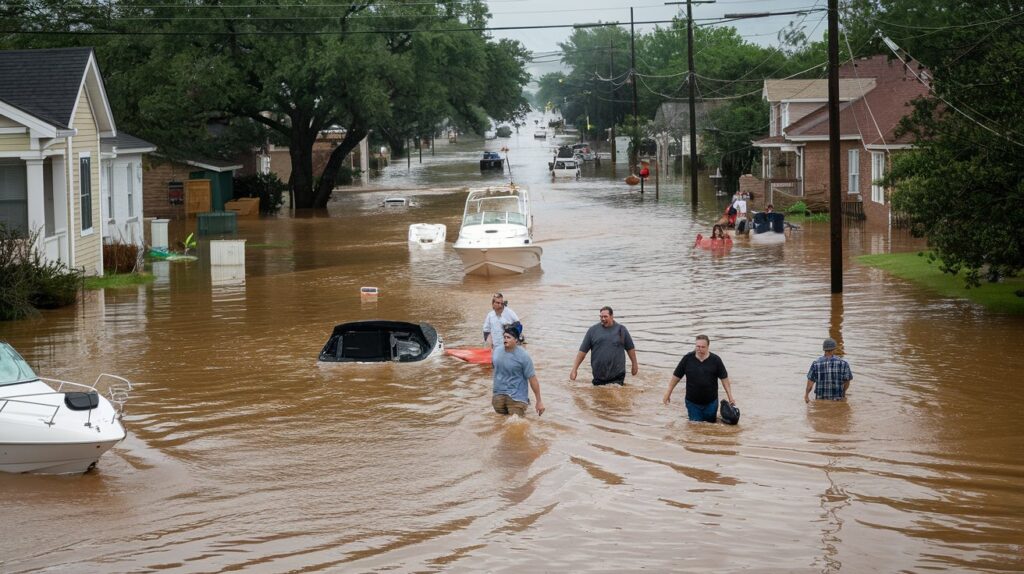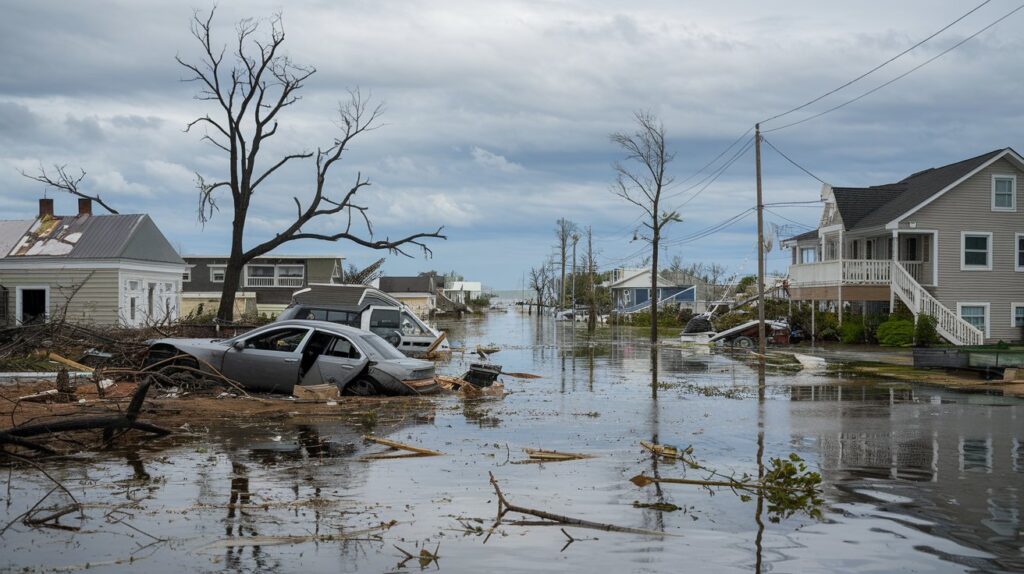Understanding Hurricane Categories: Lessons from the Past, Present, and the Impact of Hurricane Helen
Hurricanes, among the most destructive forces in nature, are tropical cyclones that form over warm ocean waters. These massive storms can unleash devastating winds, torrential rain, and dangerous flooding, often leaving a path of ruin in their wake. Understanding how hurricanes are categorized, and learning from past events, helps us better prepare for the future. This article dives into the Saffir-Simpson Hurricane Wind Scale, explores historical impacts, and examines Hurricane Helen, one of the most recent hurricanes to make landfall.

The Saffir-Simpson Hurricane Wind Scale: Measuring the Fury of Nature
To gauge the intensity of hurricanes and predict their potential damage, meteorologists use the Saffir-Simpson Hurricane Wind Scale, which classifies storms into five categories based on their sustained wind speeds. Each category serves as a vital indicator of the hurricane’s destructive capacity:
Category 1:
- Wind Speeds: 74-95 mph (119-153 km/h)
- Damage Potential: Minimal damage, affecting homes with weak roofs, shingles, or siding. Power outages can occur but are typically short-term.
Category 2:
- Wind Speeds: 96-110 mph (154-177 km/h)
- Damage Potential: Moderate damage to roofs, siding, and trees. Extensive power outages can last from several days to weeks.
Category 3:
- Wind Speeds: 111-129 mph (178-208 km/h)
- Damage Potential: Extensive structural damage, particularly to homes. Trees snap or uproot, and power outages may last for weeks.
Category 4:
- Wind Speeds: 130-156 mph (209-251 km/h)
- Damage Potential: Catastrophic damage. Well-constructed homes sustain severe damage, trees and power poles are uprooted, and entire regions may be left without electricity for months.
Category 5:
- Wind Speeds: 157 mph or higher (252 km/h+)
- Damage Potential: Total destruction. Almost all structures are significantly damaged or destroyed, and affected areas may be uninhabitable for weeks to months.
Imageneray representaion

Historical Hurricanes: Destruction on an Unimaginable Scale
Throughout history, hurricanes have caused immense devastation, shaping our understanding of these storms and their impacts. Here are some of the most catastrophic hurricanes that serve as reminders of nature’s unchecked power:
Hurricane Katrina (2005)
- Category: 5
- Impact: Katrina is synonymous with destruction. When it slammed into New Orleans and the Gulf Coast, it became one of the deadliest and most costly hurricanes in U.S. history. The storm caused over 1,800 deaths and $125 billion in damages. The failure of the levee system led to widespread flooding, displacing hundreds of thousands of people.
Hurricane Sandy (2012)
- Category: 3 (at landfall)
- Impact: Known as “Superstorm Sandy,” this hurricane impacted a wide region, from the Caribbean to the U.S. East Coast. Sandy’s winds and storm surge wreaked havoc on major cities like New York and New Jersey, killing 233 people and causing $70 billion in damages. The storm exposed the vulnerabilities of densely populated urban centers to major hurricanes.
Hurricane Harvey (2017)

- Category: 4
- Impact: Harvey was one of the most extreme rainfall events in U.S. history, dropping over 50 inches of rain in parts of Houston, Texas. The storm caused catastrophic flooding, with losses totaling over $125 billion. It claimed 107 lives and reshaped disaster response plans for urban flooding.
Hurricane Helen: A 2023 Wake-Up Call
Overview
Hurricane Helen, which formed in September 2023, emerged as a stark reminder of how vulnerable our modern world remains to natural disasters. Although not as intense as some previous hurricanes, Helen’s path of destruction was significant, especially in regions with older or less resilient infrastructure.
Category and Impact
- Category: 2
- Impact: Hurricane Helen made landfall on September 18, 2023, bringing winds up to 100 mph, heavy rains, and flash flooding to coastal areas. While the storm’s wind speeds were moderate, the damage was severe in regions ill-prepared for such an event. Flooded streets, damaged buildings, and widespread power outages plagued affected areas for days. Vulnerable communities were hit hardest, with some facing life-threatening conditions due to slow evacuation efforts.
Lessons from Hurricane Helen
Helen served as a critical reminder that even Category 2 hurricanes can cause extensive damage. The storm emphasized the need for robust infrastructure, better emergency preparedness, and efficient response mechanisms. Regions with prior hurricane experience fared better in terms of readiness and recovery, but areas without adequate planning faced long-lasting impacts. Helen’s story underscores the need for continued investment in disaster resilience, from upgraded buildings to more reliable communication and evacuation plans.
Conclusion: Preparing for the Future by Learning from the Past

Understanding the categories of hurricanes is more than just a technical exercise—it’s a life-saving tool. Whether Category 1 or Category 5, hurricanes present serious risks to both life and property. The experiences of Katrina, Sandy, Harvey, and Helen provide vital lessons: no community, no matter how prepared, is immune from the effects of these powerful storms.
As climate change accelerates, hurricanes are expected to grow more frequent and intense, making it all the more important for communities worldwide to invest in preparedness and resilience. By studying past hurricanes and improving infrastructure and response strategies, we can mitigate the damage and save lives. Nature’s fury cannot be controlled, but with the right measures, its impact can be minimized.